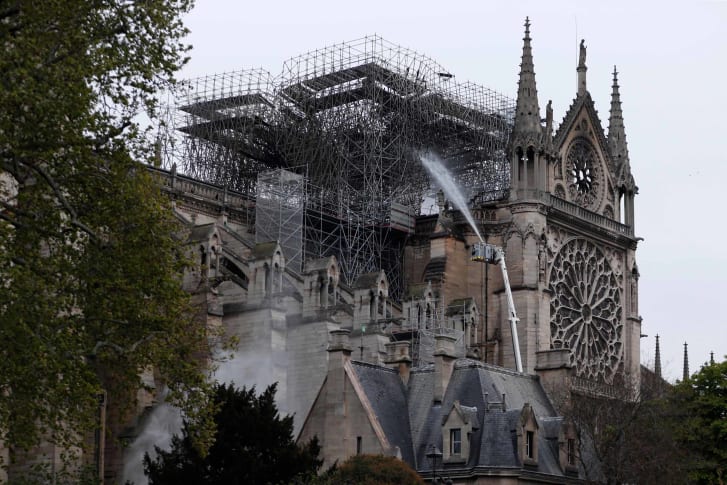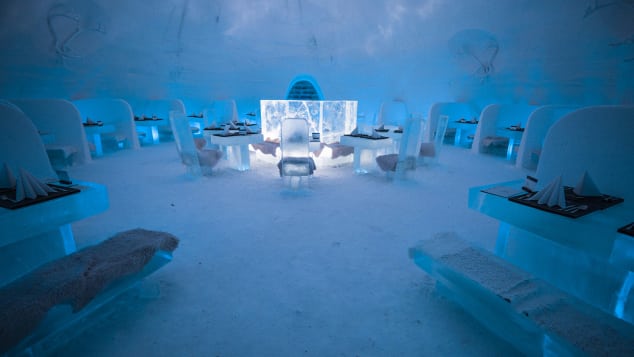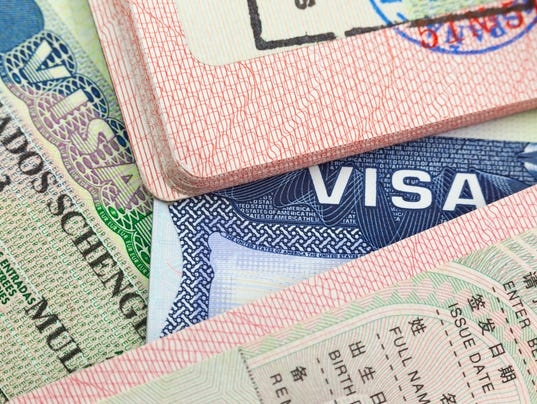Safety first

Tourism Travel Destination Marketing

via Daily Prompt: Typical


source: cnn
#yanbaczkowski #yan baczkowski
If you travel abroad this summer, look out for visa trouble.

No, not the credit card variety. I’m talking about visas, as in travel permits.
Visas are a hassle. They’re expensive, complicated and arguably unnecessary. Worse, they can be a formidable roadblock — at times, an insurmountable obstacle — for summer travelers.
Consider the visa war between Europe and the United States. You can fly to Europe without any kind of paperwork, except for your passport. But a dispute over visa reciprocity just bubbled over in Brussels, endangering that arrangement.
Basically, the United States is wary of allowing Croatians, Cypriots, Bulgarians, Romanians and Poles to come to America unless they have a visa. The European Union wants all EU citizens to be treated equally and allowed visa-free travel to the USA. European legislators recently passed a non-binding resolution to impose visa requirements on Americans, starting next month.
No question, visa uncertainty is in the air this spring. But there are remedies.
First, know who requires a visa and what could go wrong. As of now, Europe is visa-free. Brazil, China, Russia and India are the major countries that require visas for American visitors, according to James Wolf, a San Francisco attorney who specializes in immigration law.
Dot your i’s and cross your t’s, folks.
Timing is also important. Applying for a visa can be a lengthy process, so you need to start thinking about it well in advance of your vacation. You should usually do visa applications about six to eight weeks before travel. The application forms can be lengthy, and the requirements are often absurd. Brazil, for example, requires you to fill out an appointment form first, then your passports have to be sent into the embassy for the actual visa.
How about the uncertainty with Europe? It’s really hard to predict that outcome. Unless the United States caves in and agrees to the EU’s reciprocity demands, you may need a visa to visit Paris this summer. If that happens, it will probably add 60 euros to the cost of your vacation— that’s the cost of a short-term visa to Europe from countries that require one.
Unfair? Not really, Americans love to think that the visa regulations of other countries are unfair. But take a closer look. When the United States raised the visa fee for Chinese travelers, China raised the visa fee for Americans. When the United States began taking its time with visas for Brazilians, the Brazilian consulates in the USA slowed down their processing time.
What is unfair, to some, is that visas are even required.
Visas are basically a deterrent to travel. They put a damper on last-minute travel, raise the cost of your trip and needlessly complicate the already confusing task of planning travel.
Cut the red tape, and you open the gate to tourism, and all the commerce and cultural benefits it brings. How can that be a bad thing?
Avoid these visa misunderstandings
• Mind your expiration dates. Both visas and passports have an expiration date. Be aware of them, and make sure you don’t overstay. Almost every country in the world requires six months’ validity remaining on your passport for entry, as well as applying for a visa, so check your passport expiration dates prior to applying for a visa. Some countries will allow you to bring in a valid visa that is affixed to an expired passport as long as you have a new valid passport and present both of them together.
• Take the right photo. When submitting your visa application, you usually need at least one passport photo. Countries are specific about their requirements (no sunglasses, no hats, specific formatting). Pro tip: Never staple the photo to your application,. It could void the entire application.
• Remember, a visa isn’t a guarantee of admission. Travelers assume a visa is a permit to enter the country. This is quite far from the truth. The immigration officer at the point of entry of the country concerned is the ultimate authority and determines if you will be allowed to enter or not.
 It won’t tell you what to pack, though—sorry.
It won’t tell you what to pack, though—sorry.The app makes it easy (and secure) to store important travel info like copies of your passport; organize all your itineraries and confirmation documents in one—beautiful—dashboard; and snag open seats on the last flight out. As of today, the app has a “Go Now” feature for TripIt Pro users that takes some of the stress out of getting to the airport.
“Go Now” suggests—surprise!—the best time to leave for the airport based on a traveler’s current location, flight status, and local traffic conditions, and then reminds the user when it’s time to leave for an upcoming flight. Those using the app can even view a countdown clock, which shows them how much time they have left to leave for the airport. (And here we thought the app was supposed to help decrease stress.) The feature becomes available 24 hours before a domestic flight, and uses the standard guidance of arriving 90 minutes before your flight takes off.
Why manually set an alarm on your phone when TripIt will take care of that for you?
TripIt is available on iOS and Android, and while the app organizes travel plans in one place for free, a subscription is required for TripIt Pro ($49/year after a free 30-day trial), which offers additional features like refund notifications, real-time flight alerts, point tracking, and the “Go Now” functionality.
When it comes to travel, most of us are looking to save money, but what we should be looking to do is save time and improve our experience. Sometimes it’s worth it to shell out a little more for extras that can make travel easier, faster and better. From services that will help you speed through the airport to those that will allow you to snag the best dinner reservation, here are five extras worth paying for:
Passport and visa services: Frequent international travel requires visas, which mandate numerous consulate visits and take up hours of precious work time — and that’s not including all the time spent muddling through paperwork to get everything in line to apply. The same goes for renewing a passport. The express way to get it all done is to hand off all the work to visa services that are registered with the U.S. State Department. It might cost a couple hundred dollars, but you’ll save yourself a ton of stress, and for some countries you can have a visa in hand within 24 hours. Some road warriors consider the arrangement fundamental for a business traveler.
Global Entry: Once you have the fast lane back into the U.S. you never want to go back, and fortunately with Global Entry you never have to. Apply and pay the one-time $100 fee and (after an interview) you’re (hopefully) approved. Also, Global Entry automatically includes TSA PreCheck, which allows you to go through airport security with way less hassle. If you were thinking of applying for PreCheck, which costs $85, you might as well pay the extra $15 for Global Entry, which allows you to painlessly go through immigration when you return to the U.S. from an international trip.
VIP airport services: The secret’s out that frequent travel isn’t all that glamorous, no matter which Instagram filter you slap on it. But one way to feel like a jetsetter is to hire some VIP treatment — Gateway Meet & Greet is one example — that can get you to and from your destination quickly (including expedited check-in) and extras like VIP lounge access.
Travel agent: Even though these days travelers have the power to do all the trip research, planning and booking on their own, travel agents are still the only ones who can access or create special deals in many cases. They are working and interacting with key tourism industry players day in and day out, so they’ve got the relationships and leverage to bargain. Plus, travel agents have insiders’ knowledge that can result in getting you access to destination highlights you wouldn’t otherwise know existed.
Travel concierge: A travel agent can get you there, taking care of flights and hotels, and a concierge can take you the rest of the way. There are all types of travel concierges from cultural to luxury, but most specialize in getting you into a destination with tours (whether they lead them themselves or arrange them), tickets to shows, dinner reservations and all the fun stuff tailored to your interests. A good one will get you local prices when they otherwise might have been inflated, and take care of all the logistics. And with more people going the route of vacation rentals and opting for lodging that doesn’t come ready-equipped with concierge services, this service can be especially helpful.
With more passengers bringing iPads, phones and laptops on board, American Airlines says it will not have seatback monitors for in-flight entertainment on the new Boeing 737 MAX aircraft it receives later this year.
The Fort Worth-based carrier said it plans to keep seatback screens on its widebody aircraft – like the Boeing 777, Boeing 787 and Airbus A330 – which are used on international routes. However, the airline appears to be reevaluating its in-flight entertainment for domestic routes.
“Every customer with a phone, tablet or laptop will be able to watch free movies and TV shows from our extensive on-board library, as well as free live television channels, all without purchasing an in-flight Internet connection,” American said in a memo sent to employees on Tuesday.
The airline expects to receive 4 Boeing 737 MAX aircraft in 2017 without the seatback screens. American added that it plans to take delivery of 40 Boeing 737 and Airbus A321 aircraft this year that will arrive with seatback monitors and power at every seat.
Last year, the carrier announced it was upgrading its in-flight Internet connections to a faster, satellite-based service. With the faster service, passengers can stream video content from providers like Netflix or Amazon.
“It makes sense for American to focus on giving customers the best entertainment and fast connection options rather than installing seatback monitors that will be obsolete within a few years,” the airline said, noting that more than 90 percent of its passengers already bring a device with them on board.
More airlines will be offering basic economy seating, but will you buy these tickets? This Q&A may help you figure out when it’s worth it.

What is basic economy?
Think of it as the opposite of premium economy class: You get less but you pay less. The cheaper, fewer-frills seats are a tactic for big legacy airlines to compete with low-cost carriers like Spirit and Frontier.
Which airlines offer basic economy?
Delta is the leader here; it began introducing basic economy seating in 2012 with a big expansion a couple of years later. Last week, American announced its basic economy will go on sale in February (“select routes” only). United will begin offering basic economy service sometime this year but no start date has been revealed yet. However, a few details about these frill-free cabins have been trickling out.
What won’t you get in basic economy?
It depends on the airline but here’s what you do without on Delta:
Both American and United have released one controversial lost frill that so far Delta has avoided: American and United will not allow basic economy passengers to use full-size carry-on bags. They will allow one small item that fits under the seat and that’s where it must stay because basic economy passengers have no access to overhead bins. And when they say one small item, they mean it: Those planning to board with a laptop, a purse and a backpack or some other small clothing bag will have choose one; the rest must be checked, and yes, there’s a fee for that.
Is basic economy worth it?
So far, we only have Delta fares for comparison purposes; here are some round-trip fares found Jan. 9 for travel in March. The first price is basic economy, the second is regular economy.
Is it worth it? Passengers opting for no-frills fares are not going to get rich off the savings but sure, it’s worth it so long as you don’t care where you sit, when you board or what you pack. Families of course could save even more but may have a harder time justifying basic economy because of the seating and boarding requirements. On the other hand, unlike Spirit and Frontier, Delta’s basic economy does provide customers with free soft drinks and snacks, and allows regular carry-ons for free.
As for American and United, some will surely be watching the cheaper fares closely to see if they will be worth the inconvenience of the no carry-on rule, as well as the baggage fees.